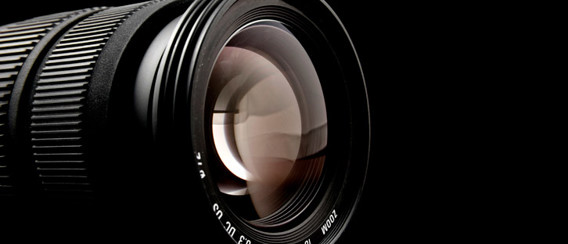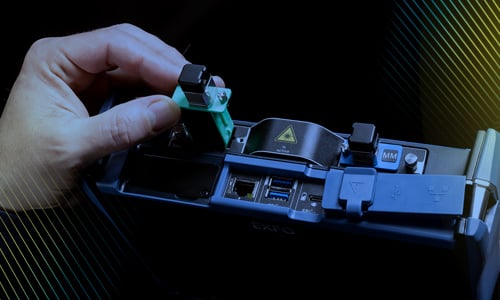Seeing clearly in the fiber core
Most of you reading this blog have probably picked up a camera at some point in your life. There are many types of cameras, from the compact point-and-shoot models to the larger, professional DSLRs. And, both formats are now available with 24-megapixel resolution, which may leave you wondering just where the difference lies?
I know what you are thinking, but don’t worry: the rest of this blog post will not be devoted to comparing Nikon vs. Canon, or any other camera equipment or manufacturer. I brought up cameras for the simple reason that most people are at least somewhat familiar with basic camera functions and operations, and to make an analogy with fiber inspection probes—which are essentially cameras designed and packaged to take pictures of fiber connectors.
Let’s go back to point-and-shoot cameras, which offer magnification ranges typically varying from 3x to 10x or 24x. The higher the magnification, the larger the image. Some models make use of optical magnification (using the lens) to achieve 3x magnification, following which software (digital) magnification is used to stretch the pixels from 3x to 5x. This does not lead to any gain in resolution, extra pixels, or extra information per pixel: it’s merely a matter of pure and simple stretching. And the often unspoken truth behind magnification is that it correlates with how much larger the image appears on the live LDC screen behind the camera. After all, the larger screen, the greater the magnification. And because we all want compact cameras, the so-called high magnification is relegated to the spacious screen on the back of the camera.
Getting back to fiber inspection probes, the same principle applies. Many operators and contractors select their fiber inspection probe based on the magnification capacity of the probe. However, the first question they should be asking themselves before making a purchase is whether the magnification is optical or digital. The second question they need to ask is how the magnification is measured.
In most, if not all cases, the magnification is the ratio between the actual connector size and how it is displayed on the screen, regardless of resolution. Want more magnification? Get a larger screen. Of course, size and portability do matter. For this reason, although a probe on a 72” TV would provide awesome magnification, it’s not very practical!
But how important is magnification in actual fact? The reason that we are inspecting our fiber is to detect defects, dirt and damage. Resolution is the key parameter, not pixel count or magnification. Having poor resolution on a huge screen does not serve a purpose, even if the “magnification” specification of the probe is very high.
So how should you select an inspection probe? The main criterion really comes down to how many microns there are on the pixel. For example, having 250 pixels in the cladding diameter is clearly better than only having 200 (assuming the pixels are the same size). As such, a resolution of 0.55 mm (per pixel) is a better specification than 0.75 mm, but both give much more information than 300x.
For the best in fiber inspection down to a micron, check out our FIP-400B webpage and stay tuned for our upcoming fiber inspection webinar on Dec. 2.




